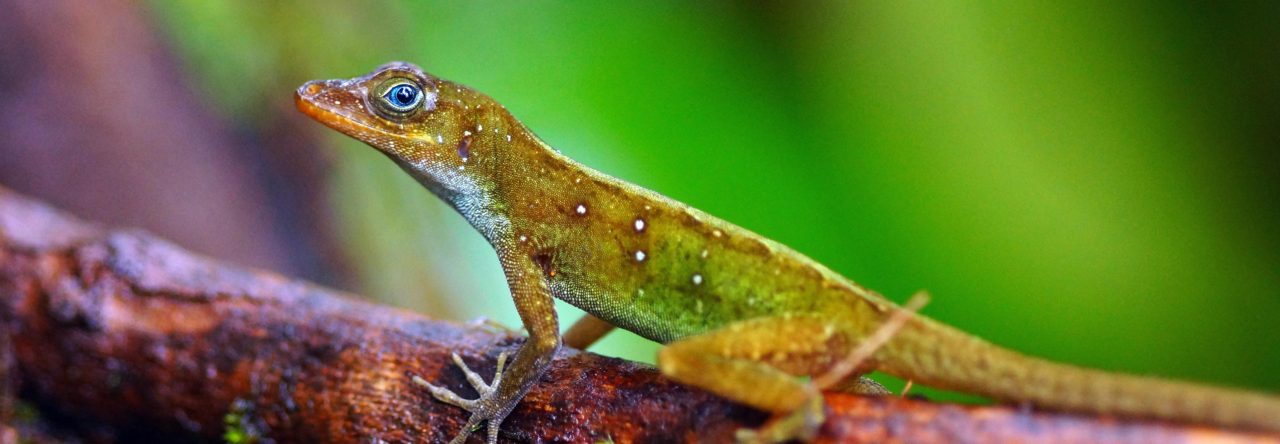Having recently lost my trusty pair of binoculars, I’m searching for a replacement before heading to the field this summer. My original binoculars were bought for the express purpose of watching monkeys, but now that I’m spending my days observing anole behavior it’s time to reconsider what makes for a good pair of binocs. So far, I’ve received one important piece of advice: make sure that the close focal distance is as small as possible (definitely less than 10 feet, and less than 6 feet is even better) so that you can zoom in on nearby lizards. And, of course, they need to be waterproof/fogproof against the tropical environs! Specific recommendations so far have included the Eagle Optics Ranger and the Nikon Monarch.
So, what is your favorite pair of binoculars? Any tips or advice on what makes a good pair of herping binoculars?









